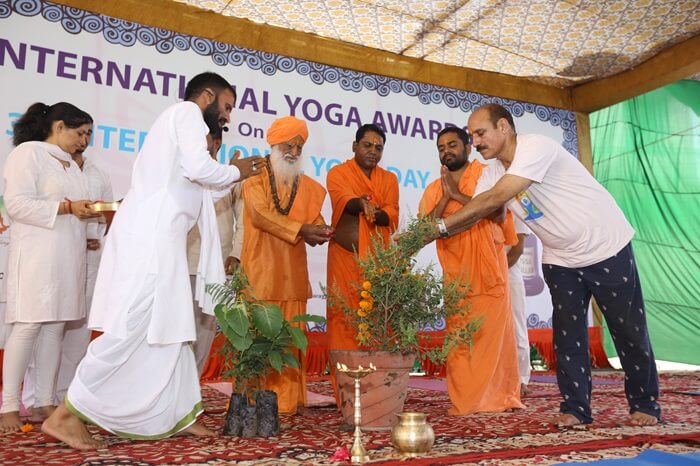The Importance of Cleansing in Yogic Science

Healing methods in yogic science are based on inside-out purification, holistically operating upon the mind, body, and soul. Asanas (physical exercises) and pranayama (breathing exercises) are the two main supplementary techniques in yoga to attain a purified state and build energy in the body. Without proper cleansing, your body and mind will never be ready to receive maximum benefits from yogic practices, which are meant to propel the soul towards a higher sense of consciousness.
The Six Main Cleansing Techniques: Shatkriya or Shatkarma
As per the Hatha Yoga Pradipika, the body is like a temple. Just as you cannot let dust and mire accumulate at a site of worship, it is essential to clean the body of impurities. There are six main cleansing techniques, also known as shatkriya or shatkarma. Both for mental and physical health, performing shatkriya is of utmost importance.
Dhauti, Bhasti, Neti, Trataka, Nauli, and Kapalabhati are the basic categories in shatkarma with many variations under them. Let us take a quick look at these:
Dhauti and Basti Cleanse
This may seem unconventional, but in the healing sciences of ancient India, emesis (the act of vomiting) has been a major way of eliminating toxins from the body. In yoga and Ayurvedic practices, emesis is encouraged by inserting catalyzing elements into the body.
- Dhauti Cleanse: The practitioner drinks two to three glasses of extremely salty water, which induces vomiting to cleanse the digestive tract. Alternatively, a 20-inch piece of cloth can be swallowed and later removed, bringing out impurities with it. This method should be performed under guided supervision, such as in a 200-hour yoga teacher training course in India.
- Basti Cleanse: Similar to Dhauti, but a pipe is used to reach the bottom of the abdomen and mechanically remove impurities like undigested food particles and viscous humors.
Neti and Trataka

- Neti: A simple process to clean the nasal tract of pathogens and impurities. Using a Neti vessel, you inhale lukewarm saline water and exhale it immediately. This practice improves the sense of smell over time. Experience this during a 200-hour yoga teacher training in India.
- Trataka: A technique to clean the eyes by looking at a candle flame without blinking until tears naturally cleanse your eyes. Incorporate meditation into the Trataka method for best results.
Nauli and Kapalbhati
- Nauli: A special abdominal massage performed by Ayurvedic experts to push toxins accumulated in the digestive tract towards the excretory valve. During a 200-hour yoga teacher training in India, enjoy Nauli massages from complimentary Ayurveda facilities. This massage stimulates digestive fire and kneads the stomach, liver, spleen, pancreas, and gall bladder.
- Kapalbhati: A pranayamic exercise involving thorough inhalation and forceful exhalation. This exercise focuses on the prana (life force) through breath, purifying the body with great oxygenation and boosting heart health.
Conclusion
Understanding and practicing shatkriya or shatkarma is essential for anyone looking to delve deeper into yogic sciences. These cleansing techniques are vital for preparing the body and mind to receive the full benefits of yoga, leading to a higher state of consciousness. Whether you are new to yoga or looking to enhance your practice, consider joining a comprehensive training program, such as the 200-hour yoga teacher training in India, to learn these methods under expert guidance. Explore more about these techniques and their benefits at Rishikul Yogshala.
For more information on our advanced programs, visit:















